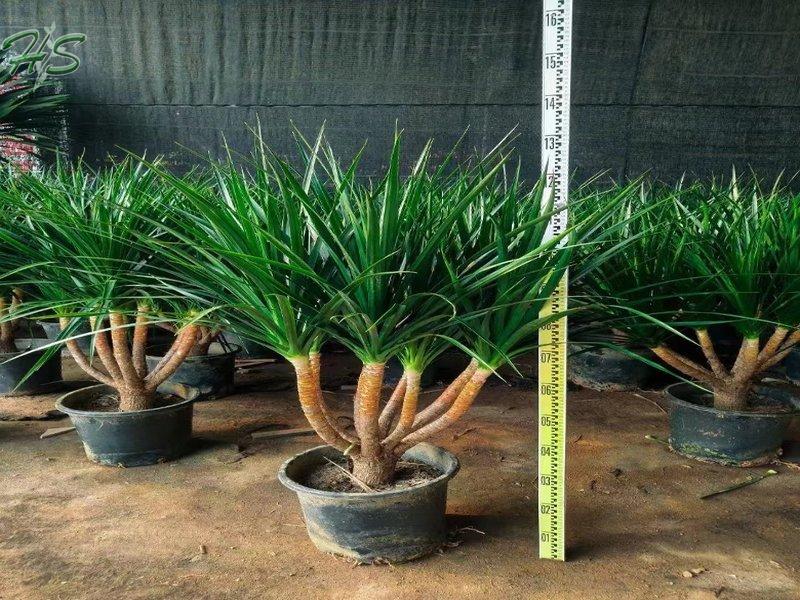The Dracaena Draco, or Dragon Tree Plant, is a unique species native to the Canary Islands, Cape Verde, and Madeira. Its name, derived from the Greek word “drakaina,” meaning “female dragon,” is a nod to the plant’s mythical appearance and the red resin it produces, often referred to as “dragon’s blood.”
Item NO.:
HSDLPayment:
T/TProduct Origin:
ChinaColor:
greenShipping Port:
xiamen port
The Dragon Blood Tree: A Living Legend of Socotra
The Dragon Blood Tree (Dracaena cinnabari) is one of the most iconic and extraordinary trees on Earth. With its unique, umbrella-shaped canopy and legendary crimson sap, it seems more like a species from a fantasy novel than a real-life tree. Native only to the Socotra Archipelago in Yemen, a UNESCO World Heritage site, this tree is a breathtaking symbol of nature's ability to adapt and astonish.
A Striking Appearance
The first thing that captures attention is the tree's remarkable shape. Unlike most trees, the Dragon Blood Tree grows with a thick, upright trunk that branches out densely at the top, forming a dense, upside-down crown. This unique structure is not for mere aesthetics; it is a masterful adaptation to its arid environment. The large, compact canopy creates shade, reducing evaporation from the soil around its roots and protecting young seedlings from the harsh sun. This clever design allows the tree to survive in Socotra's rocky, high-altitude terrain where water is scarce.
The Source of the "Dragon's Blood"
The tree's common name comes from its most famous feature: its dark red resin, known as "dragon's blood." If the tree's bark is cut or injured, it secretes this deep red sap. For centuries, this resin has been highly prized. Ancient Romans, Greeks, and Arabs harvested it for a variety of purposes.
Historically, dragon's blood resin was used as:
A Dye: It was a valuable dye for staining wood, marble, and even textiles.
A Medicine: Traditional healers used it to treat wounds, diarrhea, and respiratory problems.
A Varnish: Famous violin-makers in the 18th century used it as a varnish for their instruments.
Ritual Magic: It was often used in alchemy, incense, and rituals across different cultures.
An Ancient and Fragile Existence
The Dragon Blood Tree is not just unique in appearance; it is also a long-lived, slow-growing species. It can take over a decade to grow just a few feet tall and may not produce its distinctive canopy for 30-40 years. Some specimens are believed to be hundreds of years old.
Unfortunately, this incredible tree is currently classified as Vulnerable on the IUCN Red List. Its survival is threatened by climate change, which is altering the unique misty, high-altitude ecosystem it depends on, and by overgrazing from livestock, which prevents new saplings from growing.
A Symbol of Resilience
The Dragon Blood Tree stands as a powerful reminder of the wonders of evolution and the fragility of our planet's biodiversity. Its otherworldly beauty and the legend of its blood-like sap continue to captivate scientists, travelers, and nature lovers alike, making it a true living fossil and a treasure of the natural world.
